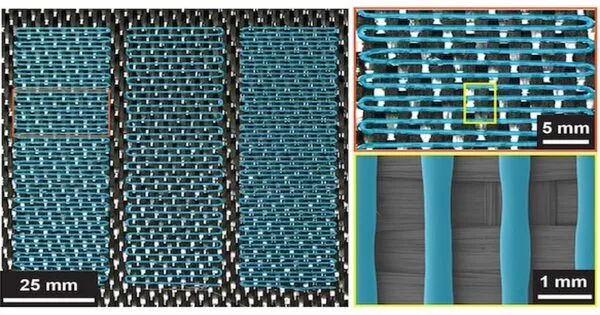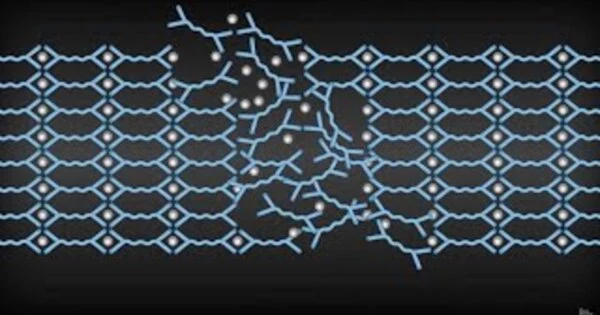Self-healing materials are a type of material that can repair damage to themselves without the need for human intervention. This technology has been a subject of research for many years, and scientists have made significant progress in developing self-healing materials for a wide range of applications, including coatings, composites, and polymers. One of the main challenges of self-healing materials is developing methods for triggering the healing process, as well as ensuring that the repair is strong and long-lasting.
However, recent advances in materials science and nanotechnology have led to the development of new self-healing materials that overcome these challenges. For example, researchers have developed materials that use microcapsules or nanoparticles to store and release healing agents, and others have developed materials that can heal through the use of external stimuli such as heat or light.
Engineers have created a new self-healing composite that allows structures to repair themselves in place without having to be removed from service. This latest technology addresses two long-standing issues for self-healing materials and has the potential to significantly increase the lifespan of structural components such as wind turbine blades and aircraft wings.
“Researchers have developed a variety of self-healing materials, but previous strategies for self-healing composites have faced two practical challenges,” says Jason Patrick, corresponding author of the study and an assistant professor of civil, construction, and environmental engineering at North Carolina State University.
We’ve proven that this multi-functional technology works. We are now seeking government and industry partners to assist us in tailoring these polymer-based composites for specific applications.
Jason Patrick
“First, the materials often need to be removed from service in order to heal. For instance, some require heating in an oven, which can’t be done for large components or while a given part is in use. Second, self-healing only works for a limited period. For example, the material might be able to heal a few times, after which its self-repairing properties would significantly diminish. We’ve come up with an approach that addresses both of those challenges in a meaningful way while retaining the strength and other performance characteristics of structural fiber-composites.”
In practice, this means that users can rely on a given structural component, such as a wind turbine blade, for much longer without fear of failure.
“We make these composites more sustainable by increasing their longevity,” Patrick says. “While wind turbine blades are an excellent example, structural composites are used in a wide range of applications, including aircraft wings, satellites, automotive components, sporting goods, and so on.”
Here’s how the new, self-healing fiber-reinforced composite works.

Laminated composites are made by bonding together layers of fibrous reinforcement, such as glass and carbon fiber. The “glue” that holds these layers together often begins to peel away from the reinforcement or delaminate. The research team solved this issue by 3D printing a thermoplastic healing agent pattern onto the reinforcement material. Thin “heater” layers were also embedded in the composite by the researchers. The heater layers warm up when an electrical current is applied. This, in turn, melts the healing agent, which flows into and repairs any cracks or microfractures in the composite.
“We’ve found that this process can be repeated at least 100 times while maintaining the effectiveness of the self-healing,” Patrick says. “We don’t know what the upper limit is, if there is one.”
The printed thermoplastic also enhances inherent resistance to fracture by up to 500%, meaning it requires more energy to cause delamination in the first place. In addition, the healing agent and heater layers are all made of readily available materials, and are relatively inexpensive.
“While making composites with our design would be slightly more expensive, the cost would be more than offset by significantly extending the material’s lifespan,” Patrick says. Another advantage of the new technology is that, if integrated into aircraft wings, the internal heating elements would eliminate the need for airlines to use chemical agents to remove ice from wings while the aircraft is on the ground, as well as to de-ice in flight.
“We’ve proven that this multi-functional technology works,” says Patrick. “We are now seeking government and industry partners to assist us in tailoring these polymer-based composites for specific applications.”





